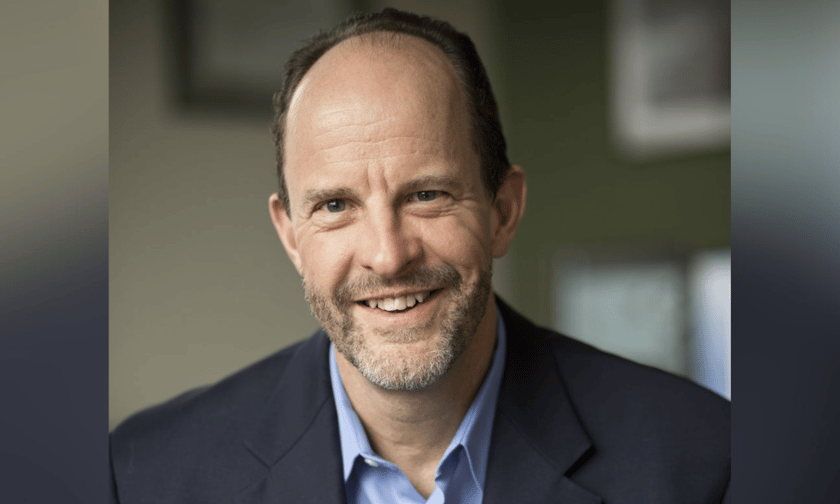The idea has grow to be watered down, knowledgeable argues

Sustainability has transcended the realm of company duty; right now, it’s a strategic crucial for all organizations that wish to be viable in the long run.
Whereas it’s a clever and admirable resolution to pursue sustainability, at the very least one knowledgeable argues the time period ‘sustainability’ has grow to be overly broad and watered down, undercutting honest efforts to attain it.
Dr Louis Gritzo (pictured), chief science officer of economic property insurer FM International, warned that sustainability objectives – whether or not they’re environmental, societal, or governance-related – include dangers that organizations have to be ready for.
“Sustainability objectives are very nicely meant; they’re meant to be good for the corporate’s backside line, good for the workers, good for the communities they serve,” he mentioned.
“But when [companies] are [not aware] of the dangers related to these issues, then… it may backfire on them and a few of the actions they’re taking [could] end in not being sustainable.”
Dangers related to sustainability vary from elevated prices because of investments in inexperienced know-how and processes, to produce chain vulnerabilities, and compliance and regulatory challenges. Organizations additionally face reputational dangers as they arrive beneath growing strain to show their dedication to sustainability.
Resilience, due to this fact, is essential.
Environmental sustainability and the vitality transition pose dangers for companies
Local weather change and excessive climate occasions have made pursuing environmental sustainability objectives extra advanced for companies throughout all industries.
It’s because cutting-edge sustainability applied sciences are additionally susceptible to wind, electrical hearth, and flamable particles, Gritzo identified.
“Within the case of renewable vitality, a traditional instance is placing photovoltaic panels in your roof,” he mentioned. “If a windstorm blows these away or hail damages them, then you need to change them. That’s clearly not sustainable.”
Likewise, “inexperienced” roofing supplies might current structural hazards when saturated with water. Power-efficient cladding may be flammable, corresponding to within the Grenfell Tower hearth tragedy.
Fires trigger air pollution, and, in all these situations, there’s a want for carbon-emitting cleanup and reconstruction efforts, using supplies that contribute to carbon emissions throughout their manufacturing.
Gritzo posed this query to danger managers and enterprise leaders: “Are we taking measures to be resilient as we pursue these [changes] so we don’t have the unintended penalties of the actions that we meant to advance our sustainability objectives as an alternative working towards them?”
Has there been misuse of ‘sustainability’?
Gritzo traced the roots of heightened sustainability consciousness again virtually twenty years, highlighting an period when LEED (Management in Power and Environmental Design) certification for buildings, a globally acknowledged image of sustainability, grew to become synonymous with company status.
However over time, it grew to become more and more clear that those self same “sustainable” buildings had been additionally susceptible to climate and different perils.
So, can firms pursue resilience and sustainability on the identical time? Gritzo thinks so.
He urged firms to outline objectives aligned with their enterprise targets, leverage strategic partnerships, and develop adaptability to navigate evolving challenges and technological developments.
“Quite than dashing to do one thing that may enhance your sustainability posture after which experiencing hostile occasions that set you again, you can also make certain your objectives are in place first,” he mentioned.
“Then it’s [about] the way in which of assembly these objectives to make sure resilience can also be current, whether or not you’ve seemed on the issues that may trigger your organization hurt based mostly on what you do and the place you’re situated.
“With correct checks and processes in place, you’ll be able to make sure the ticket to sustainability is firmly in your hand, and you may transfer ahead with confidence.”
Do you’ve got any ideas in regards to the relationship between sustainability and resilience? Please inform us your perspective within the feedback.
Associated Tales
Sustain with the newest information and occasions
Be a part of our mailing checklist, it’s free!
